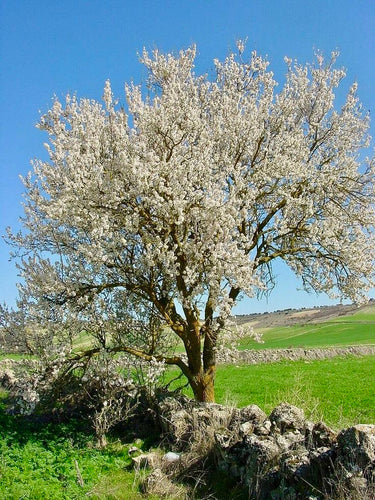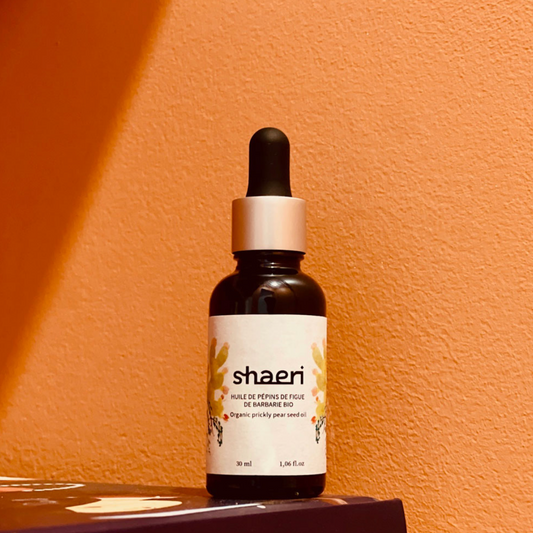
Credit photo: Audran Sarzier
Raïssa Leï is a dancer like no other!
So, Raissa, tell us, who are you?
My artist name "Raïssa Leï" is a combination of the word Raïssa which means president and director of a troupe, which I was given in Morocco as president of the association Diaspor'Arts Marocaines and director of the Kif-Kif Bledi troupe.
Leï is the diminutive of Leïla, a nickname I was given about fifteen years ago when I started hiphop dancing. I am a dancer and choreographer specialising in traditional North African dance, Waacking - a funky 70s style from Los Angeles, and I have created a fusion of these two styles as well.
In parallel I have been working as an engineer in computer science and applied mathematics for the last ten years. I am of Moroccan origin from Oujda, born in Paris 20th, from an Amazigh (Berber) Zenet tribe.
How did this passion for dance come about?
I have always been fascinated by the parties in Morocco where we danced as a family or just between women, I still have memories at around 4-5 years old on the "stah" (roof of the house) where we danced in the evening for a wedding or party, my grandmother's sister having particularly marked me by her dexterity in the dances of our regions.
In France, it was a little ballet dancer I saw on TV that made me want to dance, I said to my mother at the age of 6 "I want to do that". Coming from a modest family, we received a municipal grant for sports and dance activities. I was very lucky that the nearest dance venue to our home was the Georges Bizet Conservatory in the 20th arrondissement.
I was therefore able to benefit from high quality training in modern jazz dance from the age of 7 to 18. Our teacher also brought us teachers of world dances: Indian, African, Charleston, Oriental, Gypsy.
At the age of 18 I already had a thirst for world dances and stage experiences. I always wanted to go further by getting into hiphop, funk being my favourite musical style (I have 3 older brothers born in the 70s).
I then discovered Waacking, which is not very developed in France, and I travelled to the United States, Japan and Europe to improve my skills.
I have been teaching Waacking in Paris for 9 years. At the same time I had a return to my roots, noticing that the traditional dances of North Africa, in particular Amazigh (Berber), were neither valued, nor programmed in theatres, nor widely taught in Europe, most people associating it with oriental dance.
This is how I developed my work around teaching and performing traditional dances from North Africa and the Middle East via my troupe Kif-Kif Bledi or solo, in France and internationally.
Tell us about your latest show "Les figues de Berbérie" (Figs of Berberia) ? Where does the name come from?
Les Figues de Berbérie (Figs of Berberia) is a twist on the name Les Figues de Barbarie (prickly pear). In the past, North Africa was called Berberia, inheriting the word "barbarus", which means "foreigner" or "one whose language I do not understand" in Greek and Roman.
It was only in ancient times, following various invasions by different peoples, that the word barbarian took on its current meaning of savage / aggressive.
Les Figues de Berbérie is therefore a 60-minute dance piece that gives back its letters of nobility to the Amazigh people of North Africa, which includes about ten countries. The choreographic approach is contemporary, using strictly traditional Amazigh gestures.
We tell the story of the initial uniqueness of our people, then the splits linked to the different invasions and colonisations that have formed the countries and borders we know today.
In this way, each of us can question our own origins and what we can each initiate to ensure that our large intangible cultural heritage continues.
What are your sources of inspiration?
My sources of inspiration are mainly family. We have always had strong, courageous women with character in the family, and the men of my grandfathers' generation and above were resistants and warriors. Then being from Oujda, 15km from Algeria, I have a double Moroccan-Algerian culture. The artists who have marked me are the Raïssas Chleuhs of Western Morocco: Aïcha Tachinouite, Raïssa Tabamrant, Fatima Tihihite, Raïssa Kelly, the singers of my region: the Bouchenak brothers, Hassan El Berkani, Talbi One. Also the stars of Moroccan chaabi: Najat Aatabou, Daoudia, Tahour. On the Algerian side: Cheikha Rimitti, Warda, Lounès Matoub, Malika Domrane, Taous Amrouche, the ONB, Rachid Tahar.
But also in the 90's I was strongly influenced by new jack and funk bands: BlackStreet, Teddy Riley, Shalamar, Delegation...
And more recently I'm very inspired by the electro-Arabic or North African musical movements because it corresponds to my dance fusion: Ammar 808, Acid Arab, Hello Psychaleppo, Emel Mathlouti.
Otherwise I love to see dance shows from other countries like Ukraine, Thailand, Gypsy and read traditional tales.

What does being Berber mean to you?
To be Berber above all is to be Amazigh, which literally means "a free being". Secondly, it is to be the heir of a civilisation of which we have traces since 10,000 years before Christ. Despite invasions, colonisations, exodus, immigration to Europe, we have managed to preserve our traditions, customs and language without any written records, which is exceptional.
Today I am worried about the loss of this heritage through the bursting of the family bubble and the disinterest of the younger generations in traditions in favour of new technologies.
Fortunately, Morocco, Algeria and Tunisia, for example, are developing the promotion of festivals, moussems and noubas in order to maintain our traditions.
Tell us about your relationship with your hair? Do you love it, a lot, passionately, madly?
I love my hair like crazy :) On my mother's side all the women have very straight, fine and silky hair, a bit like Native American women. On my father's side, a lot of mass!
So I have a mixture of both. I tried to curl my hair but it would never hold, my only way is to tame it with a smoothing treatment based on silk proteins once or twice a year.
We have 3 classic questions for you
Your #hairtop
I have never coloured my hair and I use sulphate-free shampoos, which is reflected in their quality.
Your #hairflop
Getting fringes on your forehead to keep up with the fashion! I did it once and used tweezers for several months to hide it because I was so uncomfortable.
Your #hairtips
Prickly pear oil for the ends before (or after dry) shampooing, and an invigorating grape seed and green tea spray after shampooing :)




